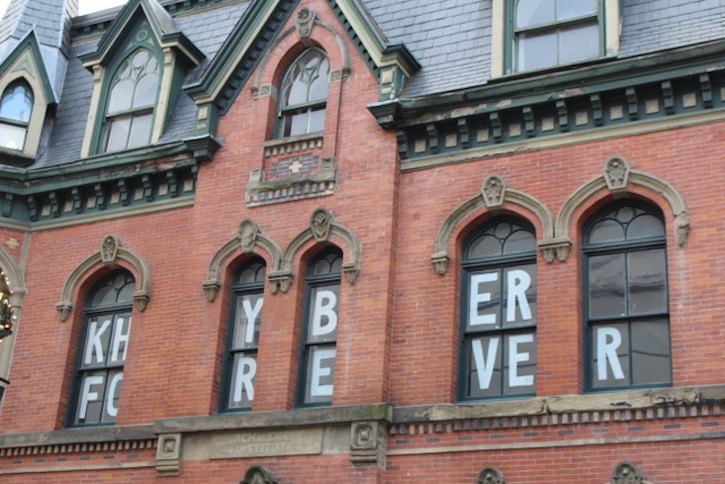Surplus
Audit recommends tighter regulations for surplus HRM-owned buildings
Recommendations include improved monitoring of municipality’s unused buildings

caption
City council passed a motion Tuesday that will determine a future sale of the Khyber building, which has been vacant since 2014.
caption
The old Khyber Centre for the Arts is one of Halifax’s surplus buildings.Surplus buildings in the Halifax Regional Municipality need better monitoring so the municipality does not waste money, according to an audit report presented to the audit and finance standing committee Wednesday morning.
At the meeting, Auditor General Evangeline Colman-Sadd presented her findings from an audit she conducted between April 2013 and March 2017. She found the municipality’s inventory of surplus buildings is not up-to-date. The audit sampled 20 surplus buildings, two of which remained in the municipality’s surplus inventory three years after they were sold. One building was listed as awaiting demolition two years after it had been demolished.
Surplus buildings listed include the Khyber Centre for the Arts, the Bloomfield Centre and St. Patrick’s High School.
According to the report, no single division is responsible for overseeing surplus properties. The municipal facilities maintenance and operations division tracks costs of unused buildings. Other information, including environmental and building condition assessments, are done by municipal divisions. This causes communication issues amongst divisions, the audit said.
The report also recommends environmental risks be better assessed before buildings are presented as surplus to regional council.
“There was a time when environmental risks weren’t necessarily talked about in the reports a whole lot at all,” said Colman-Sadd in an interview after the meeting. “There’s now a standard section for them, but sometimes there still isn’t detail provided in that section.”

caption
Auditor General Evangeline Colman-SaddAccording to the audit, environmental risks include previous oil spills, whether a building has fuel tanks and hazardous materials. Older buildings tend to have higher risks.
Environmental risks are important for council to consider because upkeep costs may not be feasible for some property managers, like community groups.
“A community group may not have the resources to deal with environmental risks the way a company or an individual might,” said Colman-Sadd.
The audit was conducted after council approved HRM Administrative Order 50 (AO50) in April 2013. The order, Respecting the Disposal of Surplus Real Property, holds the Finance and Asset Management’s Real Estate division responsible for disposing surplus properties. The report recommends that the Real Estate division assign responsibility for managing properties.
The Real Estate division agrees with the recommendations made in the audit.
“Is it really an annual review of all HRM properties and, if so, which processes need to be in place to accomplish that?,” said Coleman-Sadd. “If that’s perhaps not what was intended by AO50, then let’s audit it and move forward with whatever that new process should be.”

